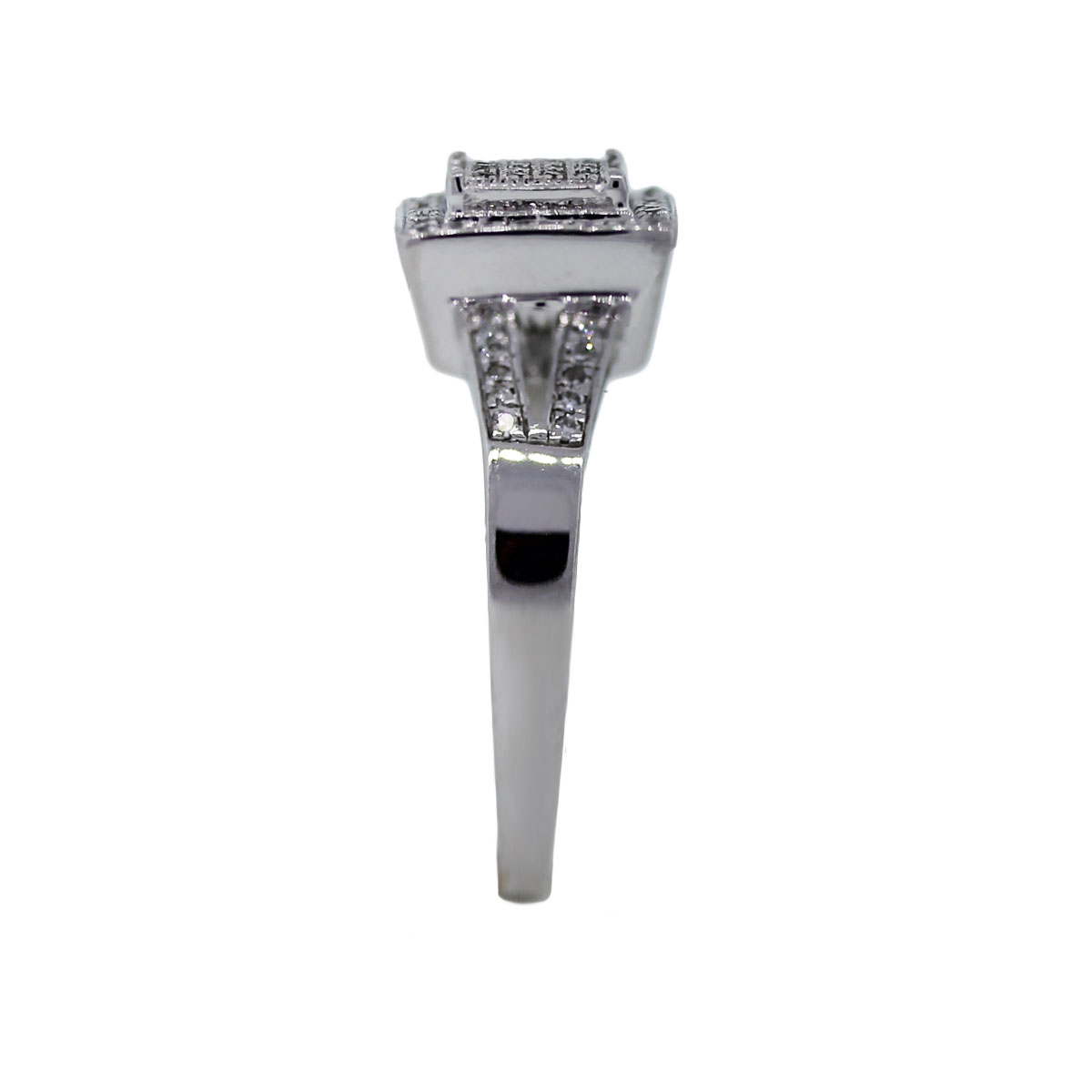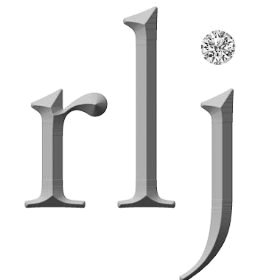500 Exhibits of Russian Romanov Faberge Art Museum Open in Moscow

Never was such intricately crafted jewel encrusted novel items of beauty ever created as in the Russian Faberge jeweled eggs created for the Emperor and his family in the late 1880s. Precisely when the Bolsheviks were steaming toward violent overthrow and assassination of the entire royal family, the most beautiful Faberge eggs were being created that would hold the world in awe long after the empire had been overthrown.
Pushkin Museum of Fine Arts in Moscow
Newly purchased nine Faberge eggs of Viktor Vekselberg will be displayed along with over 500 other jewelled exhibits of the House of Faberge creations. They will be on display at the Pushkin Museum of Fine Arts which Vekselberg has located in an 18th century royal mansion formerly a favorite of the mother of the last reigning Emperor, Nicholas II. Billionaire Vekselberg purchased the last five members of his Faberge collection from Malcolm Forbes, of the U.S. for the undisclosed but estimated sum of over 100 million dollars, vowing to return them to Russia. The museum display is an artistic and national achievement for Vekselberg and Russian culture alike.
Brilliant Jewel Creations With Brief History Amazingly Endure
The eggs are creations of precious gems, pearls and gold which defy the imagination for precision and perfection. Some contain miniature clock works, another holds portraits of the Emperor Nicholas II and his young son, Alexei, and one jewelled egg opens to reveal a tiny gold model of a royal carriage. The first Faberge egg was created as a gift of Emperor Alexander III to his Empress, Maria Feyodorovna, and for 30 short years became a royal tradition.
Many royal jewelled egg creations were smuggled out of Russia by distant members of the royal family after the brutal killing of the Tsar, Tsarina and their entire family as part of the Bolshevik uprising and revolution, while other eggs were sold by the Bolsheviks themselves during the tragic days following the overthrow. It is a miracle that such a sufficient number have been collected and recovered to display in the new museum. The collection of Viktor Vekselberg is considered to be the most valuable in existence. Today their priceless value is even more of an artistic and jewellery statement of the Romanov period. The exhibit will be displayed through June 27, 2014.
Appropriate Easter Gift
Easter was the high holy day for Russian Orthodox Christians. It was a time of gift giving in the royal family as emperors gave gifts to their mothers and wives. To commemorate their 20th betrothal anniversary Tsar Alexander III commissioned Court Jeweler Carl Faberge to create a white enameled golden egg for his wife Maria similar to one she had seen as a small child in the Danish Court. The Tsarina’s Easter egg had a surprise golden yolk which opened to reveal a tiny golden hen that next opened to reveal a miniature crown, pendulum chain and ruby the Tsarina could wear. The crown and ruby pendulum have been lost, but the initial Romanov Faberge Easter egg is in the Vekselberg collection on display in the Moscow museum.
